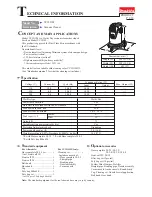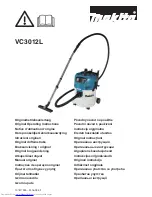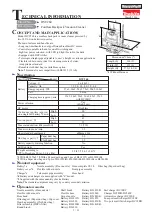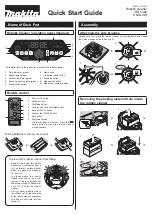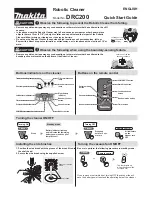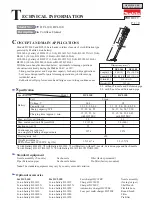
SKU TPA2001R
For technical questions please call 1-866-278-6653
Page 7
PARTS LIST & ASSEMBLY DIAGRAM
TROUBLE SHOOTING
Part
Description
Qty
1
Chamber body
1
2
Rubber gaskets
2
3
Lexan lids
2
4
Vacuum gauge
1
6
Hose barb
1
7
Cross T
1
8
Nipple
1
9
Vacuum tube
1
10
Owner’s manual
1
5
Exhaust valve
1
PROBLEM
SOLUTION
No vacuum
1. Check electric power connection. Of your vac-
uum pump
2. Check vacuum hose for secure connections
and/or cracks or defects.
3. Ensure that the air valve on the vacuum cham-
ber is completely closed.
4. Ensure that a good, clean seal is made be-
tween the housing, the rubber gasket and the
acrylic cover over vacuum chamber.
5. Ensure that the valve fitting assemble is tight
and securely tighten to the chamber body
6. You can check for leak location using soapy
water
Vacuum level is low
1. Ensure that the air valve on the vacuum cham-
ber is completely closed.
2. Ensure that a good, clean seal is made be-
tween the housing, the rubber gasket and the
acrylic cover over vacuum chamber.
3. Check for leaks
Water in oil
As the vacuum pump pulls moist air from the atmos-
phere some of the water vapor is deposited in the oil
chamber of your vacuum pump. After every 6-8
hours of use, drain the water through drain valve.
The oil and water must have had adequate time to
separate prior to draining off the water, and most
operators find it advantageous to drain the water
immediately prior to a new run rather than to wait for
the water and oil to separate at the end of a run.
Oil overflows from vent does stop vacuum pump.
This should never happen if the pump is properly
purged of water as described in “Water in oil” above.
5
3
2
4
6
7
3
2
1
8
9










